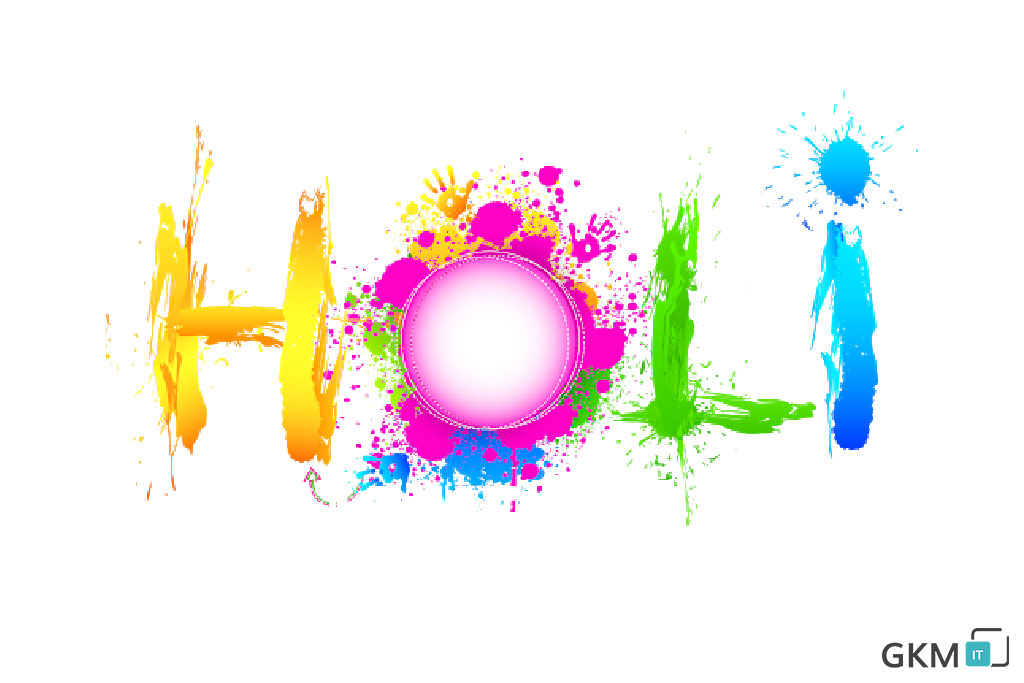
Colorful facts about Holi- mythology, significance, and celebration
Colorful facts about Holi- mythology, significance, and celebration
Holi is the festival of celebration where people take interest regardless of their religious slants. This festival of colors is a famous Hindu spring festival. It is that year of time when humans and nature shake off the gloom of winter and cover themselves with colors of spring.
Spreading love, laugh, and joy beyond boundaries indeedHoli has won hearts not only in Asia but also in Europe and the United States. A big open-air music festival is conducted in Germany to celebrate Holi.
Let’s learn about the significance, mythology, and celebration related fun facts.
Significance of Holika Dahan- mythology
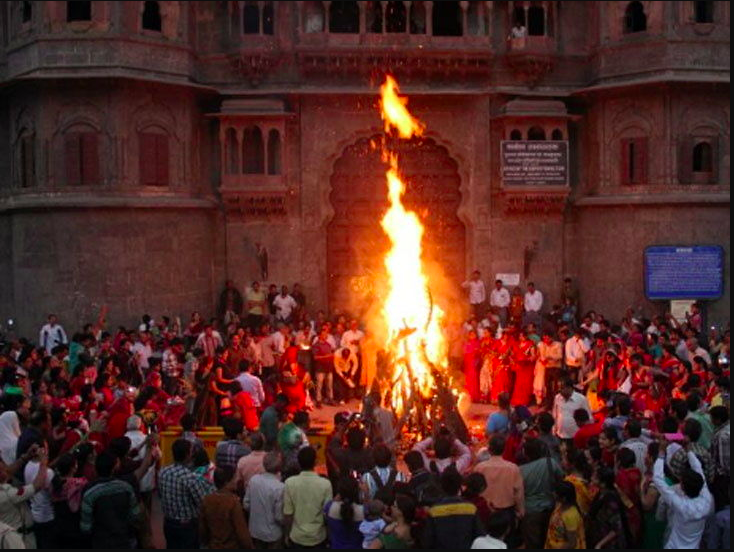
Image source: www.bhaskar.com
According to popular Hindu legend, the festival got its name from Holika, the sister of the mythical megalomaniac king Hiranyakashiup. The king considered himself to be a god and commanded everyone to worship him. But his son Prahlad refused and disagreed with his decision as he was a loyal devotee of Lord Vishnu. This made the king furious, and he asked his sister Holika to sit in the fire with Prahlad in her lap. As Holika had powers to walk in the fire unharmed, she took Prahlad and sat in the fire but got perished as she was unaware with facts that her powers work only if she walks alone in the fire. Thus from that day, this myth got associated with the festival Holi Till date; it is practiced by hurling cow dung into the fire and shouting obscenities as if it is Holika.
Dhulandi – (event of colorful fun frolic practice )
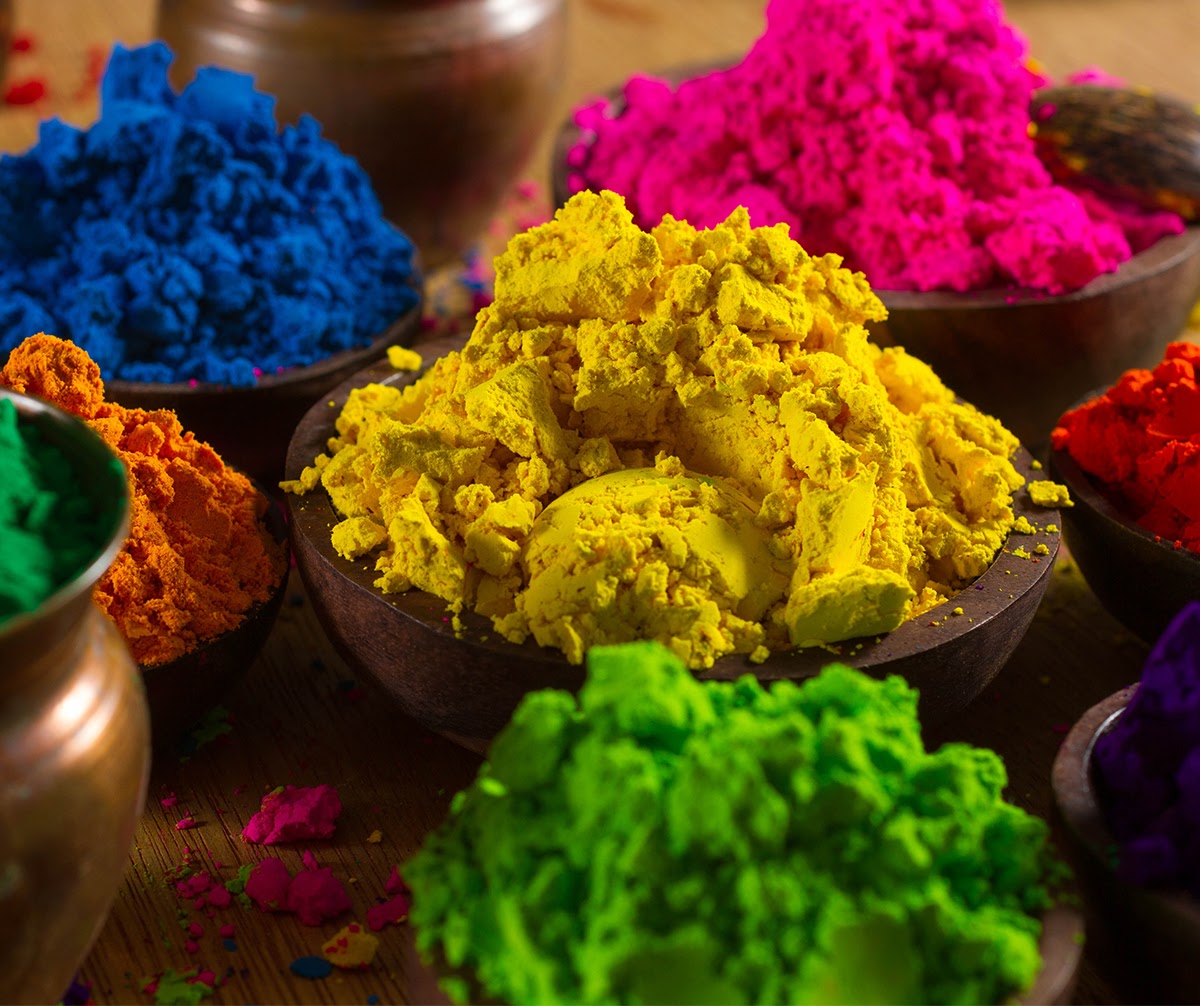
Caption source: google.com (https://storage.googleapis.com/little-passports-blog/2013/03/holi.jpg)
The victory of good over evil reflects through Holika Dahan. The next day of Holika Dahan is celebrated as Dhunlandi, which includes fun and frolic activities and playing with colors.
This is a festival in which practices that might be offensive are allowed. These activities include squirting colored water on strangers and passer-by, with teasing and laughter dunking friends in the mud pool, intoxicating on bhang, and reveling with companions.
The most common line which you can get away with is “Bura na mano, Holi hai” (English- don’t mind, it’s Holi)

Image source: https://www.flickr.com/
You can spot local shops with all types of dry colors, water balloons and water guns (pichkari) an essential aspect of Holi celebration to sprinkle water. Mostly gulal is used as a dry color.
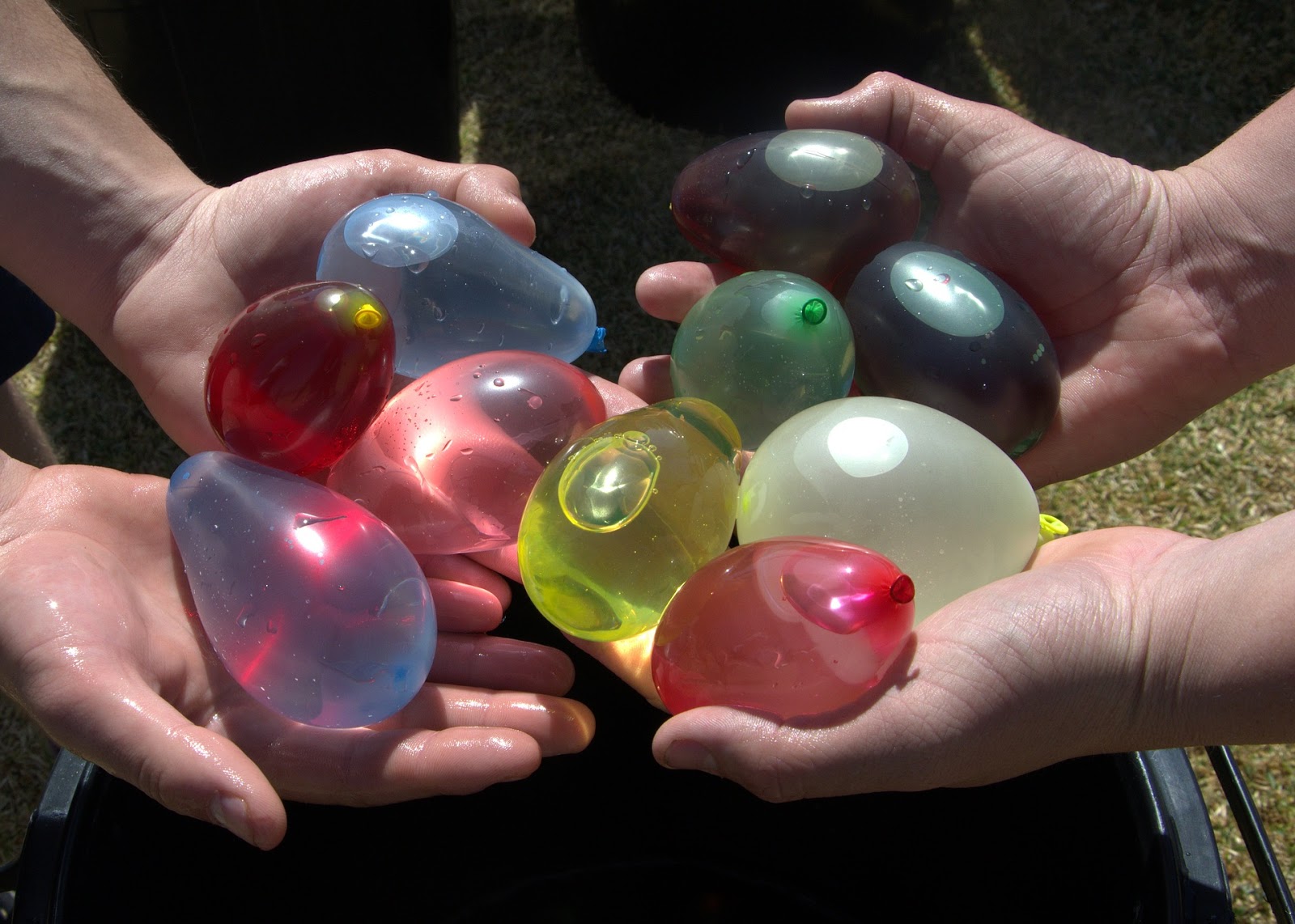
Image source: https://en.wikipedia.org/wiki/Water_balloon
Some interesting facts-
-
In shah Jahan’s time, Holi was known as “Eid-e-pink” or “Ab-e-pashi,” which means a shower of colors.
-
It is also by different name such as Holika, Holaka, Fagua, Dhulendi, and Dol.
-
It is one of the oldest festivals known in India.
-
Bhang, an intoxicating drink made with cannabis is served on this day.
- Holi celebrations are considered incomplete without relishing Gujiyas as it is one of the most common sweets.
-
In Sanskrit literature, there are many forms of Holi. In Srimad Bhagwat mahapuran it is described as Raas.
-
Holi celebration continues of 16 days in the Braj region of India, where Lord Krishna was born.
-
Lath mar Holi
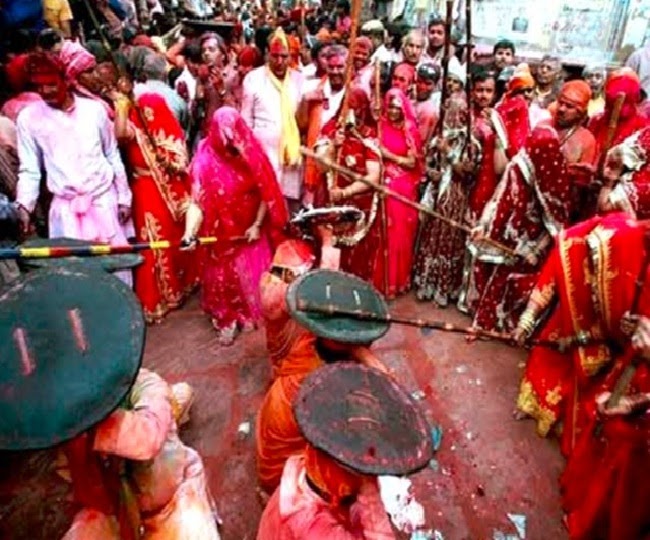
Image source: https://en.wikipedia.org/wiki/Lathmar_Holi
(Lathmar women hitting Gopis)
Lath mar Holi is popular among Barsane women, Barsane is a place where Radha was born.
-
Without Dhrupad, Dhamar, and Thumri, Holi is incomplete. Classical music is related to Holi. The color of Holi songs sung at Dargah of Khwaja Moinuddin Chisti in Ajmer city of Rajasthan is quite different.
-
Wearing white is apt while playing Holi as colors can better pop on a blank canvas.
-
The different name of Holi in different place of India
Uttar Pradesh – Lathmar Holi; Uttarakhand – Khadi Holi; Punjab – Hola Mohalla; West Bengal – Basant Utsav and Dol Jatra; Goa – Shigmo; Manipur – Yaosang; Kerala – Manjal Kuli; Bihar – Phaguwa; Assam – Phakuwah; Maharashtra and Madhya Pradesh – Rang Panchami; Rajasthan – Royal Holi.
This festival is all about fun, spreading love and equity by coming
up together for celebration and to get rid of worries by spending quality time with friends and family. Enjoy the hues of color and understand its true meaning as every color has its significance and symbolize different perspectives. Such as, Red symbolizes love and fertility, yellow matches the color of the natural remedy turmeric, green is for spring, and blue is for Krishna.
We hope you will find the above facts interesting and play safe and colorful Holi. Do let us know if there are other facts attached to this festivity. We would love to hear from you.
